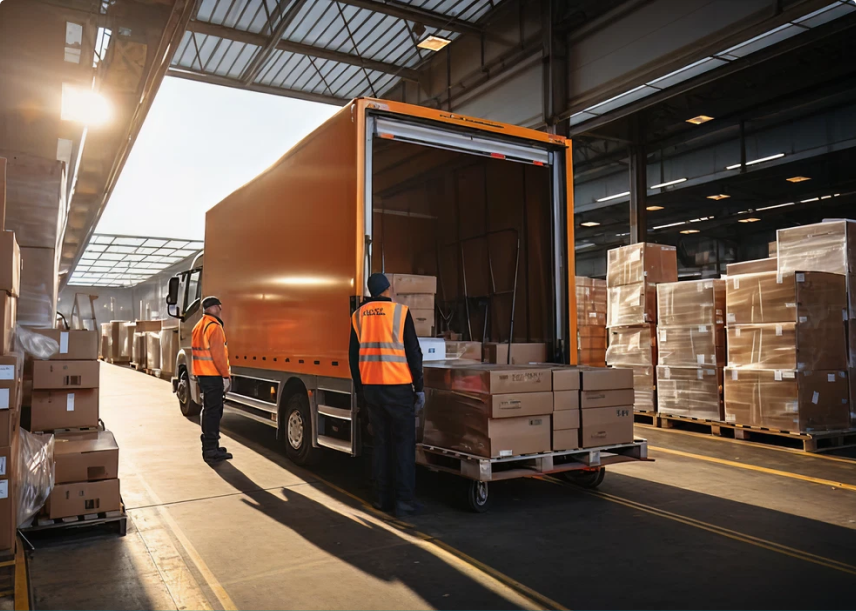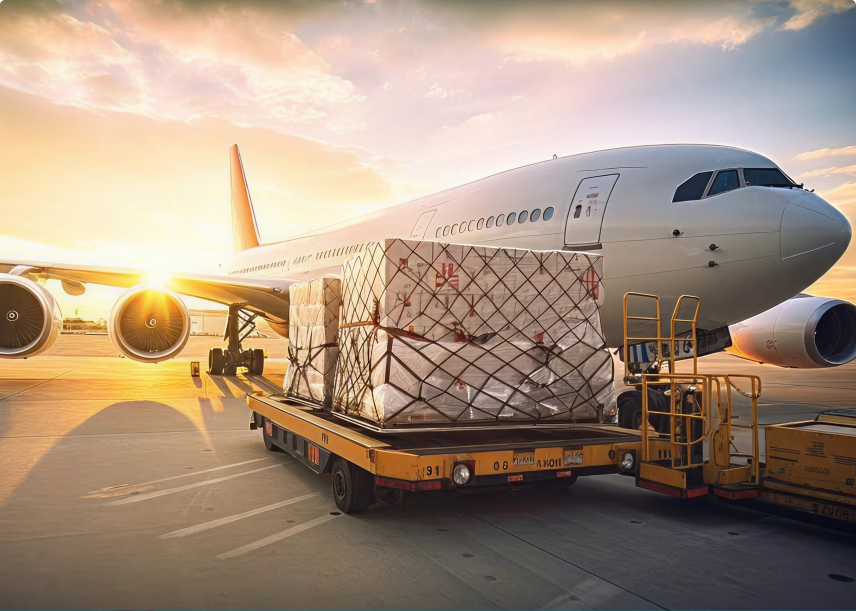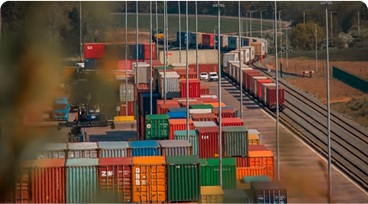
How E-Commerce Logistics Is Evolving in Saudi Arabia
Inside the Market Shifts, Infrastructure Upgrades, and Logistics Innovations Behind the Kingdom’s Digital Retail Boom
Saudi Arabia’s e-commerce industry is on a fast track, growing at a CAGR of over 20% and expected to reach $20 billion by 2025. But what’s powering this growth isn’t just the shift to online shopping — it’s a logistics system that’s evolving rapidly to meet new demands.
Today, local and international retailers are facing rising customer expectations: faster delivery, easier returns, and transparent tracking. That pressure is transforming the way logistics works in the Kingdom.
Let’s explore how fulfillment, warehousing, and last-mile delivery are adapting — and how players are building the backbone of the new Saudi e-commerce economy.
1. Fulfillment: Meeting the 24-Hour Expectation
What’s changing
- 72% of Saudi online shoppers say they prefer same-day or next-day delivery, and 67% abandon their cart if shipping times are too long. In major cities like Riyadh, Jeddah, and Dammam, speed is now a brand differentiator. That means businesses can no longer rely on manual fulfillment or legacy systems.
Key trends
- Growth in automated fulfillment centers, with RFID scanners and AI-based sorting
- Use of multi-warehouse networks to reduce delivery time by zone
- 3PL providers offering plug-and-play fulfillment for SMEs and marketplaces
2. Smart Warehousing: From Storage to Supply Chain Nerve Centers
Today’s warehouses are more than storage spaces — they’re digitally integrated hubs that track stock levels in real time, forecast demand, and even auto-replenish high-turnover products. According to Knight Frank, Riyadh alone needs over 1 million square meters of new warehouse space by 2026 to meet logistics demands.
New trends in Saudi logistics hubs
- Cloud-based WMS (Warehouse Management Systems) replacing Excel sheets
- Use of drones for internal inventory checks (already piloted in UAE and spreading to KSA)
- Demand for modular warehousing for seasonal sellers or flexible scaling
3. Returns: The Hidden Cost Driver in E-Commerce
Return rates in e-commerce average 20–30% globally, and Saudi Arabia is no exception, particularly in fashion and electronics. But returns in the Middle East come with unique challenges: cultural expectations, cash-on-delivery complications, and a lack of unified return policies.
Key developments
- Growth of reverse logistics platforms for e-commerce
- Instant refund models are gaining traction among Tier 1 retailers
- Return pickup coordination via mobile apps
4. Last-Mile Delivery: The Most Competitive Layer
The last mile is the most expensive and most visible part of the logistics journey, and with over a million internet users and a mobile-first population, the expectations are high. Last-mile innovations in Saudi Arabia include, like:
- Real-time route optimization using AI and traffic data
- Shift to hub-and-spoke micro-warehouses for faster dispatch
- Launch of locker pickup points in high-density zones (piloted by Amazon & local logistics startups)
5. Logistics Agencies: The Enabler Behind the Screens
With Saudi Arabia set to become a top 10 global logistics hub under Vision 2030, local logistics agencies are becoming critical to e-commerce scale. What top-tier agencies now offer:
- Integration with e-commerce platforms (e.g., Shopify, Magento, local POS systems)
- End-to-end visibility across fulfillment, warehousing, and delivery
- Regulatory compliance (SABER, customs clearance, VAT management)
- Flexibility for startups and large enterprise retailers alike
Conclusion
The future of e-commerce in Saudi Arabia isn’t just about better websites or trending products. It’s about how well those products are delivered — quickly, reliably, and with care.
Logistics is no longer a background process. It’s a competitive advantage. From data-driven fulfillment to fast returns and last-mile reliability, logistics is the invisible force behind successful online businesses.




